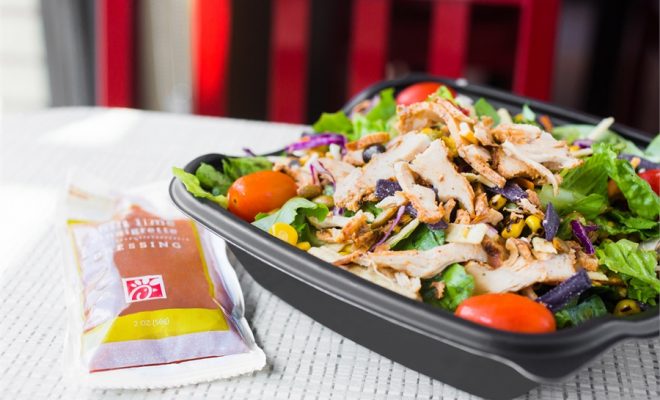
Fast Food Catering
Things to Know About Trans-fat for Health-conscious Diners
When Chick-Fil-A introduced a completely trans-fat free menu, the world certainly took notice! The American fast-food chain, which specializes in delicious chicken sandwiches, became the first to do so and it was welcomed by health-conscious consumers.
But not too many people know about trans-fats so we decided to include these must-know things. Be sure to ask your doctor and/or dietitian about trans-fats, too, before making any decision on this matter.
Types of Trans-fats
Scientists have discovered two major types of trans-fat – first, trans-fats that naturally occur in food; and second, artificial trans-fats. The first type is produced in the gut of certain animals as well as the food made from these animals, such as their meats and milk. The second type, also known as trans-fatty acids, are manufactured in an industrial process whereby hydrogen is added to liquid vegetable oils.
The trans-fats in processed foods are then primarily sourced from partially hydrogenated oils. You can determine whether a food product has it just by looking at its ingredients list. You can then avoid it because based on the preliminary determination made by the U.S. Food and Drug Administration that partially hydrogenated oils aren’t safe in human food.
Effects of Trans-fats
There are plenty of good reasons to limit, if not completely eliminate, trans-fats in your diet. Studies have shown that trans-fat can raise your LDL cholesterol (i.e., bad) levels and reduce your HDL cholesterol (i.e., good) levels. This is obviously an unhealthy combo since it increases the risks for cardiovascular diseases, such as stroke and heart disease, and Type 2 diabetes.
But why do food makers still use trans-fats in their products? Let’s just say that the bottom line matters for them because trans-fats are easy to use, easy on the pocket in terms of production costs, and lasts for a long time. Plus, these unhealthy fats also add better taste and texture to the food, thus, their widespread use in many restaurants and fast-foods.
The more important question then is: How can you limit your consumption of trans-fats? Aside from eating your fast-food meals at Chick-Fil-A, you should also make conscious decisions so that your saturated fat consumption ranges from 5% to 6% of your total caloric intake.
Keep these tips in mind, too:
- Eat more fruits, vegetables, low-fat dairy products, whole grains, fish, poultry, nuts, and seeds.
- Limit your intake of red meat and sugar-laden foods, such as cookies, doughnuts, muffins, and pies, as well as drinks.
- Use healthy vegetable oils like safflower, sunflower, canola, and olive oil on a more frequent basis.
- Read the food labels and look for unhydrogenated oil.
You have to make deliberate decisions as it’s so easy to fall back into old, unhealthy habits involving trans-fats consumption.


0 comments